Are you moving enough? Tips to stay active
We all know exercise is important, but how much is enough? And what type is best? Here are some simple, practical tips to help you stay active and healthy.

We all know exercise is important, but how much is enough? And what type is best? Here are some simple, practical tips to help you stay active and healthy.
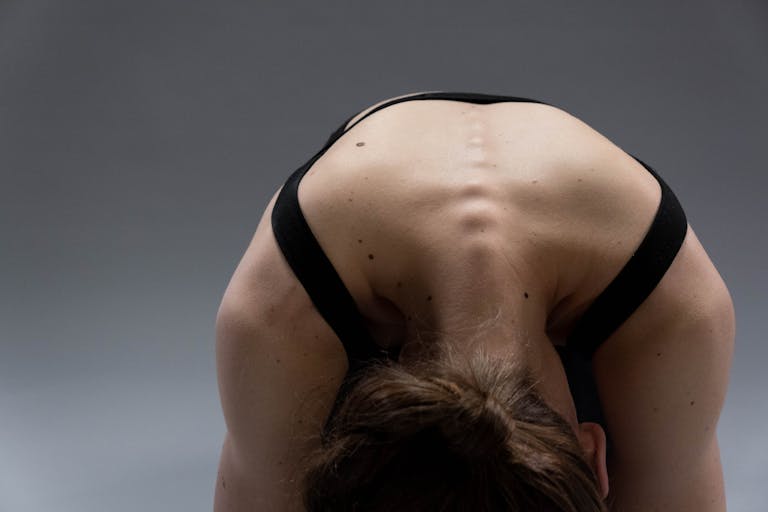
Your spinal discs are incredible! Nestled between the vertebrae, these gel-filled cushions allow movement and act as shock absorbers. Taking good care of your discs can help your spine stay healthy as you age.
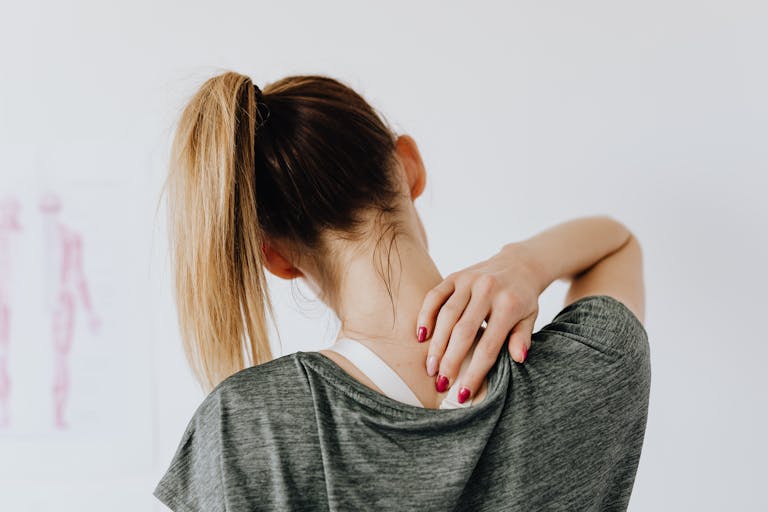
Stress isn’t just in your head – it can affect your posture, muscles, and energy levels. And when it becomes ongoing, it can take a real toll on how you feel, move, and function day to day.
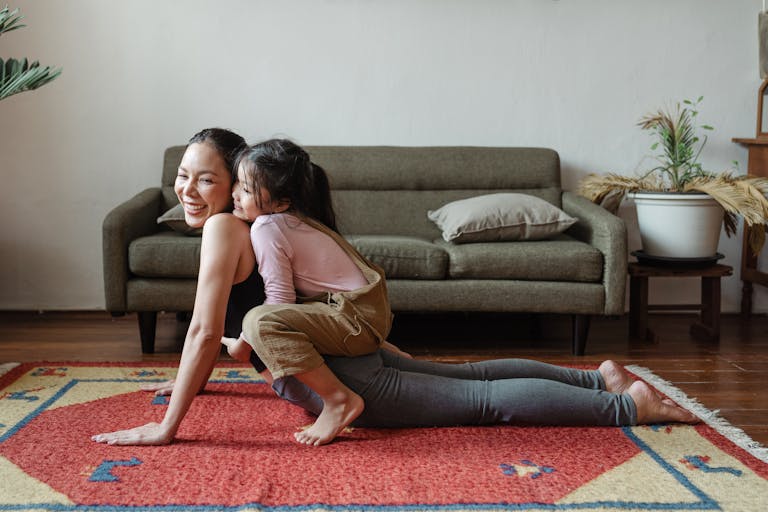
Support your spine, breathe easier, move better. Good posture isn’t just about standing upright – it’s essential for your overall well-being.

Lower back pain is one of the most common complaints people bring to their healthcare providers. But why is this area so vulnerable? The answer lies in its structure, function, and the demands we place on it every day.
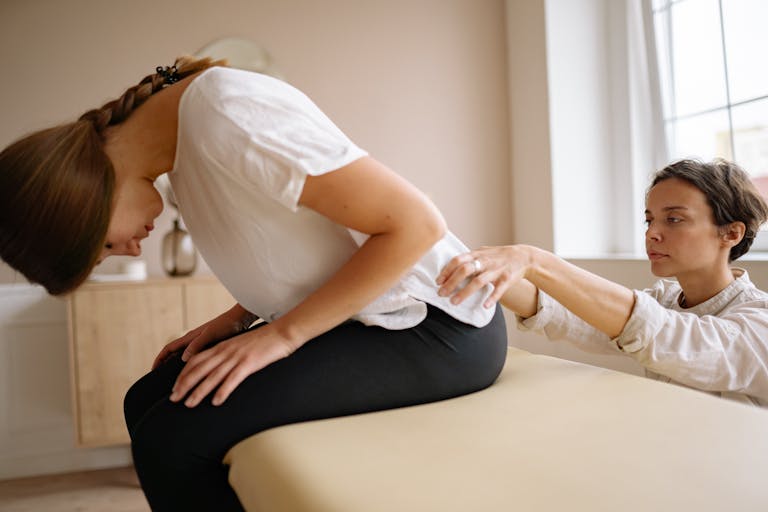
Back pain can interfere with your ability to work, exercise, sleep, or simply enjoy life. The good news? Chiropractic care offers a safe, effective path to lasting relief.

Your nervous system is amazing. It helps you move, think, and react. It also keeps your heart beating and your lungs breathing without you even noticing. A healthy nervous system helps you feel and function at your best.

Life with young children is demanding, and carrying a baby or toddler on one hip is a common habit that feels natural and convenient.

Chiropractors are passionate about supporting the health of their patients. As food is vital to well-being, we may provide nutrition advice. This may raise some questions, such as: do chiropractors study nutrition? Can what you eat affect your recovery? What should you eat?

Your sleep habits play a crucial role in your spinal health. The position you choose, the mattress and pillow you use, and ensuring you achieve sufficient zzz’s matter. These five tips may help you achieve better sleep and spinal health.
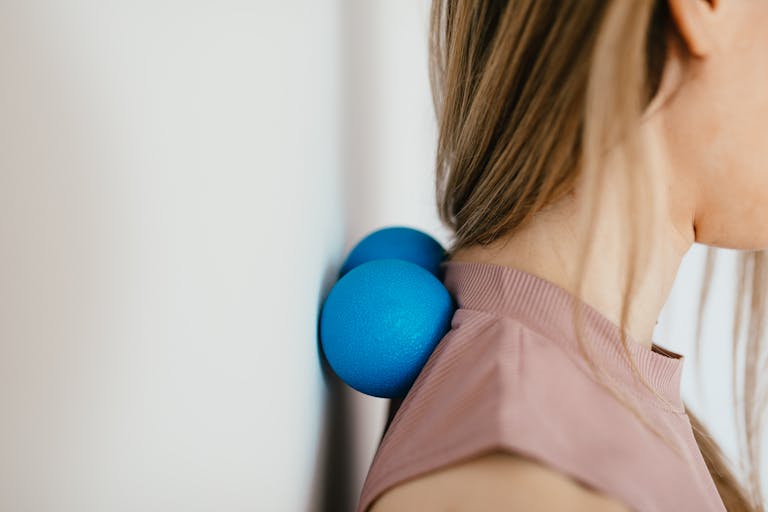
Your spine is an extraordinary feat of biological engineering, designed to move, support, protect, weight-bear, absorb shock, and more. Understanding this intricate marvel helps you know your body better.

Knowing what to expect when you consult with a chiropractor can be complicated. There is no one-sizefits-all solution, but let’s look at some similarities in chiropractic treatment to give you a starting point.